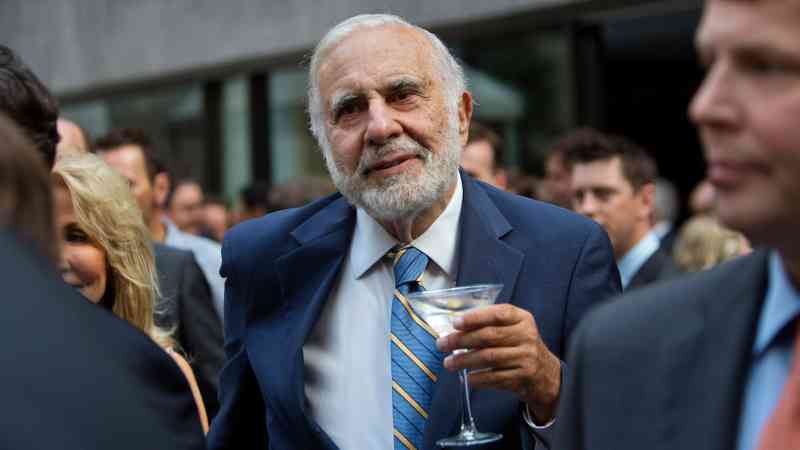Spotify: coming to a fridge near you
When the Swedish music-streaming giant Spotify went live in 2006, early adopters would typically listen to their favourite tunes via a desktop computer or laptop. Then came the iPhone, the smart speaker and in-built car computers.
What next? “Apparently, now you can play Spotify on refrigerators,” said Daniel Ek, the company’s founder and chief executive, at a press conference at his HQ in Stockholm last week.
The fridge he was referring to was the Samsung Family Hub, which retails at up to £2,600 and includes a large, tablet-style screen and speakers that allow families to play music on Spotify and Amazon, browse the internet and replicate, or mirror, whatever is on the household’s television.
Ek, for his part, is “not sure” whether the trend of playing Spotify from the fridge will catch on. But it is one of several new technological advancements that he and his top team enthused about last week as Spotify seeks to boost its total user base, currently 615 million, 239 million of whom pay for the service, while also allowing prices to creep up.
Ek, 41, believes that AI voice assistants will become more prominent in users’ experiences, “with much more of a conversation back and forth” between person and machine.
He also talked about the prospect of AI translation tools allowing podcasters to expand their listenership across borders. “That means that as a creator, you have an enormous opportunity to actually reach a whole new audience with your creative work,” he said.
In the UK — one of the Spotify’s most important markets, where it generated revenues of €1.2 billion (£1 billion) in 2023 — the price of an individual premium subscription has been hiked from £9.99 to £11.99 over the past year.
Defending price rises at last week’s “Open House” event, Spotify’s head of global consumer experience, Sten Garmark, said: “We’ve been investing a lot in the last 15 years.” In recent times, he added, Spotify has become a home for podcasts, and in some markets, including the UK, it now hosts a large selection of audiobooks. It has also been working on AI technology to recommend songs to users and create “smart” playlists.
“Ultimately, we need to create a product that is so loved that people would be willing to pay a little bit more for it,” said Garmark. “We’re raising the prices because of all the investments that we’ve done over the years.”
Spotify regularly attracts criticism for failing to pass on enough subscription money to music creators. The defence, laid out by Bryan Johnson, Spotify’s head of artists and industry partnerships, is that the company pays out nearly two thirds of its revenues to song rights holders, who in turn pay the artists and songwriters based on individual agreements.
Johnson, who is from Liverpool, said that in 2023 “close to 1,000 UK artists generated at least £100,000 from Spotify”. However, it is not clear how much of this payment would go to the artist themselves. In 2021, a committee of MPs was told that an artist’s share of a payment was typically about 16 per cent.
Not all of Spotify’s investments have worked out. Last year the company abandoned a podcast deal, said to be worth $25 million, with the Duke and Duchess of Sussex, and it has pulled back from making exclusive shows more widely.
Spotify also recently gave up on Car Thing, a device that drivers could mount in their vehicles and use Bluetooth to play music through speakers. “It turned out for us that we couldn’t really make it work at scale with the right price point,” Garmark said.




Post Comment